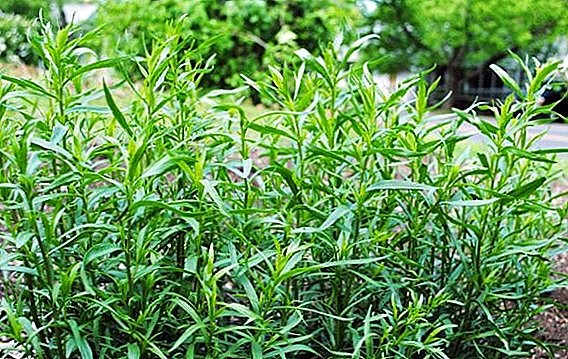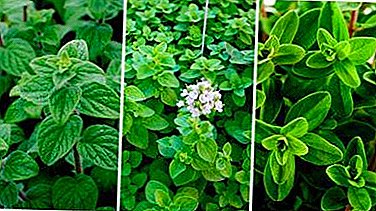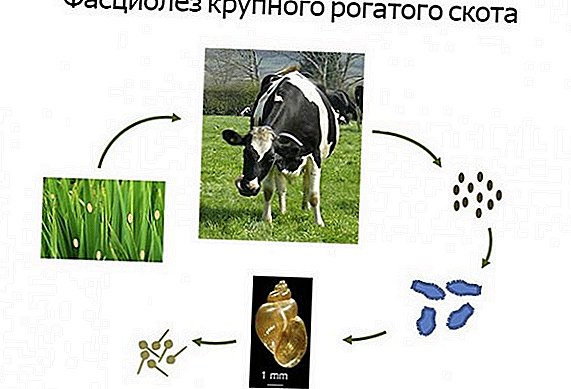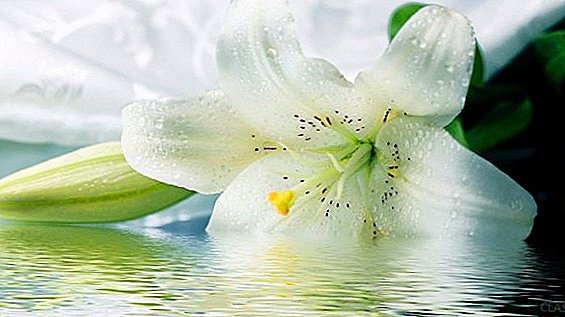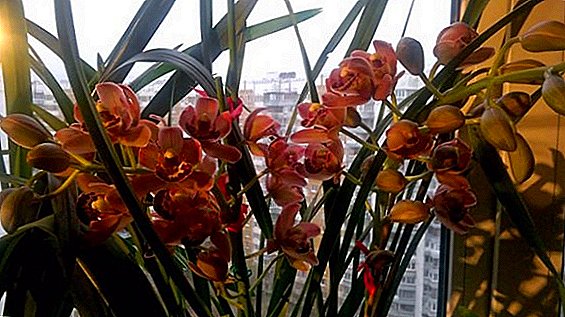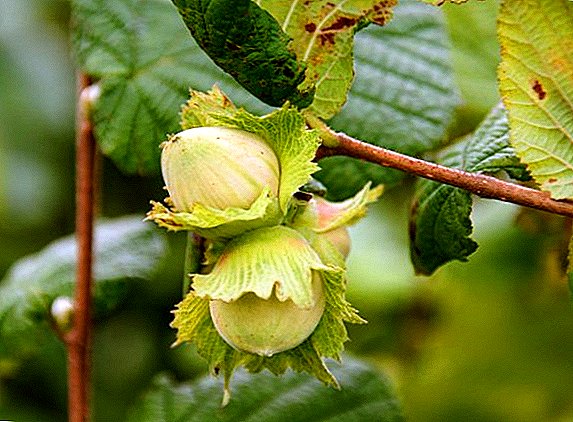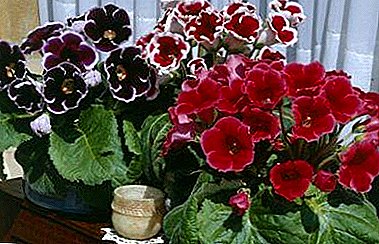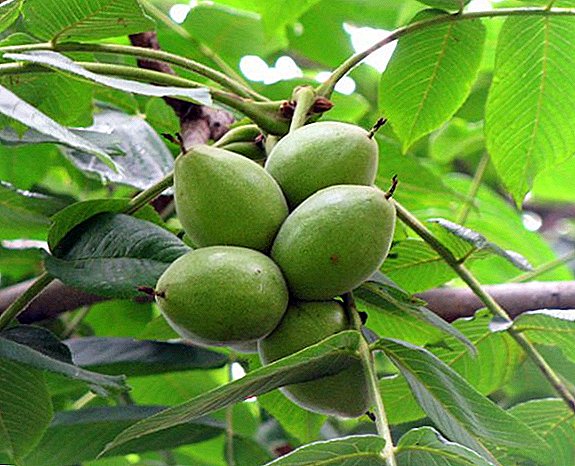 Manchurian walnut is a type of monoecious deciduous shrubs or trees of the genus Walnut.
Manchurian walnut is a type of monoecious deciduous shrubs or trees of the genus Walnut.
This variety grows in China, Korea, Sakhalin and the Far East.
The chemical composition of the Manchurian walnut
Useful medicinal substances are contained not only in the fruit of the tree - the nut, but also in the rest of the plant. The roots are composed of essential oil. The bark of the roots contains steroids, quinones, tannins. Leaves in the structure have an essential oil, mineral salts, aldehydes, alkaloids, beta-carotene, vitamin B, vitamin PP, ascorbic acid, phenol carbonic acids, flavonoids, coumarins, inositol, quinones, tannins, nicotinic acid, biotin, pantothenic acid. 
Pericarp contains tannins, vitamin C, malic and citric acid, carotene, coumarins, quinones, phenol carbonic acids. In green fruits are contained in quinones, carotene, iron salts, vitamins: B1, PP, C, B2. Mature fruits of the plant contain vitamins that are the same as in the green fruit, quinones, tannins, steroids, fatty oil; in its composition: oleic, stearic, linoleic, lauric, palmitoleic, palmitic, arachnidic, myristic. The shell is rich in phenol carbonic acids, coumarins and tannins.
Did you know? It has been scientifically proven that Manchu nut oil is not inferior to any vegetable oil in terms of linolenic acid content.Linolenic acid is not synthesized independently, but promotes the formation of arachidonic acid in the body, with a deficiency of which hair loss, dermatosis, deterioration of vision occurs, and sensitivity to bacterial infections increases.
Beneficial features

Quite often in traditional medicine use green fruits, leaves and pericarp. But the stock of recipes from different countries is striking in its diversity. Therefore, in the preparation of drugs also use the bark, roots, shells and partitions. The peel of the fetus has analgesic and anti-inflammatory drugs.
The leaves are used in fresh and dried form for healing wounds. Manchurian tinctures found their use as a vasodilator, hemostatic, diuretic, tonic, antispasmodic, antihelminthic drugs. Chinese healers claim that the use of this plant in traditional medicine is capable of treating tumors, destroying cancer cells.
Medicinal plants such as dog rose, bitter wormwood, kalanchoe pinnate, ziziphus, bathing suit, lythrum, catnip, echinacea, chestnut and sage have healing properties and are used in traditional medicine.
Manchurian nut in traditional medicine
The healing properties of the Manchurian nut are greatly appreciated throughout the world. This plant is often called the cure for 100 diseases. And this is not an exaggeration, because infusions, extracts and decoctions based on it treat a large number of diseases. The use of fresh leaves and decoctions has a healing effect on wounds and boils, they prevent the appearance of corns. 
Did you know? Manchurian leaves are considered a natural antibiotic because they have strong antiseptic and antimicrobial properties.Also, decoctions of the fruits are used as a mouthwash, for the treatment of bleeding and inflammation of the gums, as well as for periodontal disease, sore throat, gingivitis. Consumption of decoctions can cure gastritis, diarrhea, constipation. Broths from the leaves of the plant can cure dandruff and are used in cosmetology as a hair care product.
Preparation of Manchurian Walnut Tincture
Manchurian tincture on alcohol or vodka has a tonic, bactericidal, antiviral effect, its use can cure some diseases of the thyroid gland. The Manchurian tincture comes with alcohol or vodka, but the higher the degree, the better it will be stored. Prepare the tincture at home is not difficult. Take 100 pieces of green fruit, twist in a meat grinder and pour 2 liters of alcohol (pour into a glass container and tightly close the lid). Then you need to put the infusion in a cold place, keep in the dark for 30 days. At the end of time, strain and store in the refrigerator. 
You can also make oil tincture. It is applied externally. To do this, you need 300 ml of unrefined vegetable oil and 50 g of leaves to send in a cold place, keep in the dark for 20 days, then squeeze and strain, store in the refrigerator. This tool is used as an ointment for the treatment of wounds, burns and frostbite.
To make a tincture of the Manchurian walnut on honey, you need to take 40 green fruits, honey about 4 tbsp. l., liter of alcohol or vodka. Fruits pour honey and alcohol, mix and send in a cold dark place for 40 days. Then strain the contents, store in the refrigerator. This tincture has a good effect on the immune system, strengthening and toning the body. Take the tincture should be 3 times 3 tsp. 25 minutes before meals.
It will also be interesting to read about such types of nuts as walnut, nutmeg, wood and black.
Application of tincture
In the treatment of certain diseases of the thyroid gland alcohol tincture is accepted according to the scheme:
- On the first day: 2 times a day, 5 drops, diluted in Art. a spoonful of water, take 25 minutes before meals.
- Each subsequent dose of the dose to increase by 5 drops, when bringing to 100 drops, which is 1 tsp. tincture to take another 10 days.

After completion of the course of treatment, it is necessary to interrupt the reception for 10 days, and then again take the same pattern. The course of treatment can last up to 1 year, depending on the diagnosis and the severity of the disease.
For the treatment of cancer the use of tincture on the Manchurian nut occurs according to the scheme:
- 3 times a day for ½ tsp. take 25 minutes before meals.
- Each subsequent method increase by half a teaspoon.
Important! A single dose should not exceed 3 tsp. If the patient weighs more than 70 kg, and if up to 70 kg, then take no more than 2 tsp at a time.It is also necessary to monitor the patient's condition, if dizziness, weakness, nausea are observed with an increase in the dose of the tincture, then it is necessary to return to the initial dose of administration.

With the defeat of parasites A manchurian tincture is considered to be very effective; let's figure out how to take it:
- If the patient weighs up to 70 kg, then take 10 ml twice a day.
- If the weight of the patient is 70-90 kg, then take twice 15 ml.
- If the patient weighs more than 90 kg, then take twice 20 ml.
Manchurian Walnut Bath
Manchurian nut has healing properties not only in the form of alcohol tinctures, but also used as decoctions. In order to prepare an infusion of this plant, you need 200 g of leaves in a dry form, pour 2 liters of boiling water and insist half an hour. This infusion is used for bathing and contributes to the treatment of arthrosis, arthritis, skin rashes, psoriasis, allergies, which are accompanied by a rash. Prepared infusion pour into the bath with warm (37-38 ° C) water.
Such plants as nettle, wormwood, yarrow, linden, mint, lemon balm, sunflower, lavender, rosemary, thyme, sage, cumin have healing properties and are used as decoctions for bathing.

Important! The bath procedure should last at least 25 minutes to obtain the desired effect.
Side effects and contraindications
Despite the fact that the Manchurian nut has healing and beneficial properties for the body, it also has side effects and contraindications.
Side effects when using traditional medicine:
- partially suppresses intestinal microflora;
- can cause dysbiosis;
- dizziness is sometimes possible due to an increase in the dose;
- may cause allergies.

Contraindications:
- cirrhosis of the liver;
- acute hepatitis;
- increased blood clotting;
- stomach ulcer;
- gastritis;
- pregnancy and breastfeeding.


